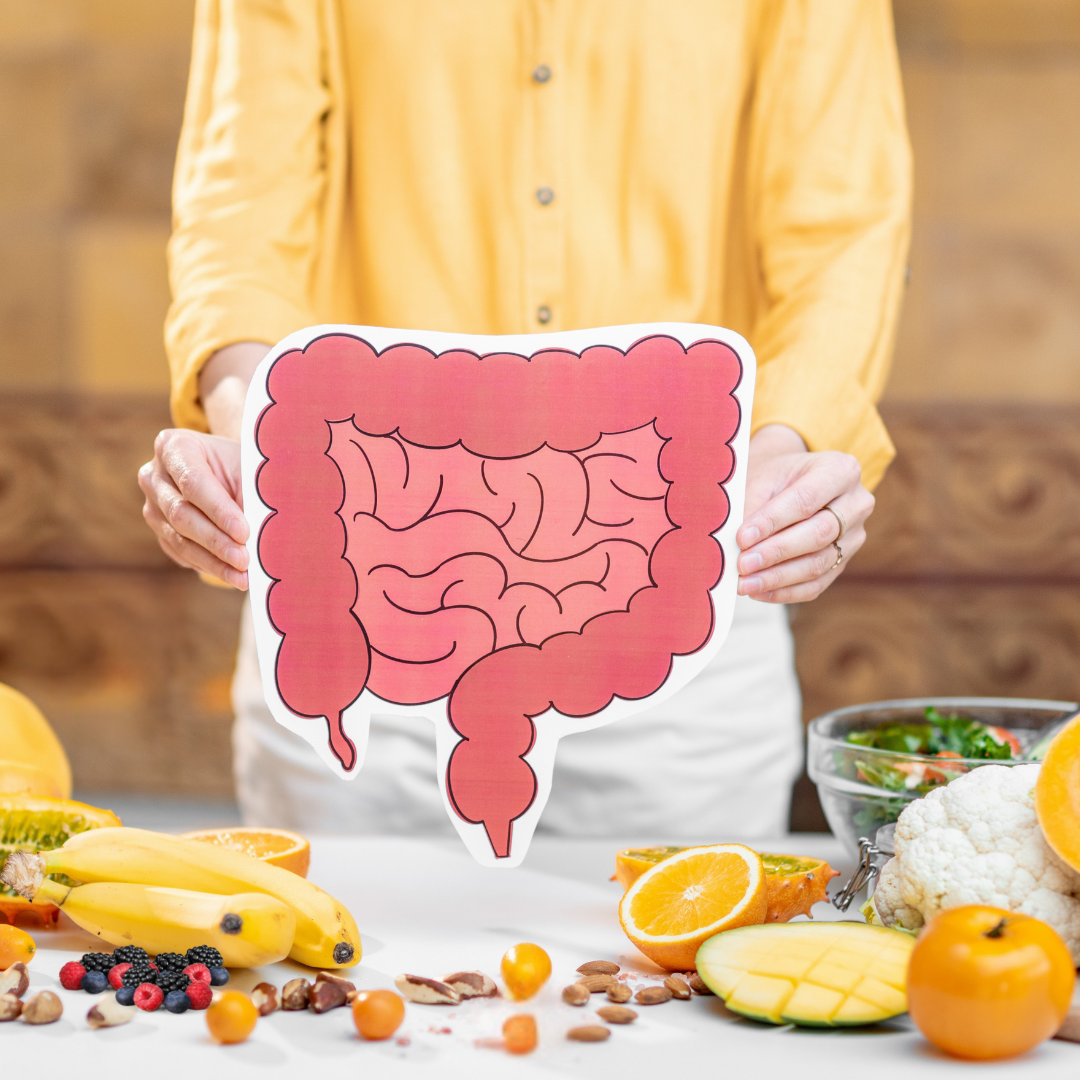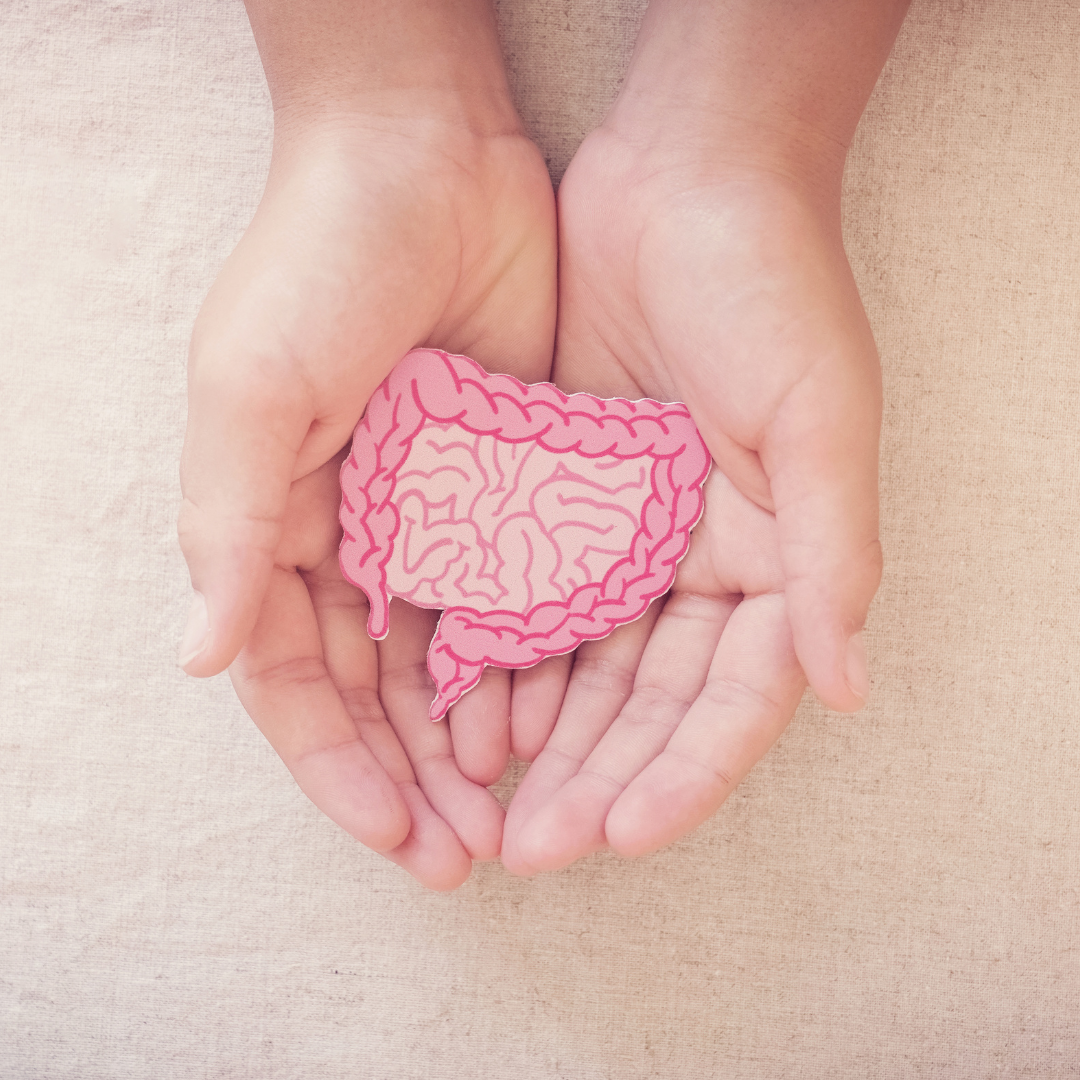The Gut-Weight Connection: How Healing Your Digestion Can Help You Lose Stubborn Pounds
When it comes to weight loss, the advice often centers around cutting calories, hitting the gym, or avoiding carbs. But if you’ve been following all the “rules” and still aren’t seeing results, it’s time to shift the focus—from your plate to your gut.
Your gut isn’t just responsible for digesting food; it plays a central role in regulating your metabolism, hormones, inflammation, and even your ability to lose or gain weight. What’s more, it’s not just about having the “right” balance of gut bacteria—your gut lining also plays a critical role in determining how your body processes nutrients and stores fat.
In this article, we’ll explore the gut-weight connection, why digestion is foundational to sustainable weight loss, and how healing your gut can help you finally shed stubborn pounds.
Understanding the Gut-Weight Connection
What Is Gut Health?
Gut health refers to the balance of microbes (bacteria, fungi, and viruses) living in your digestive tract and the strength of the gut lining itself. These two elements work together to ensure proper digestion, nutrient absorption, and protection from harmful substances.
A healthy gut is key to:
- Reducing systemic inflammation.
- Regulating hunger hormones.
- Supporting metabolism and detoxification.
But when the gut is out of balance—either due to dysbiosis (an imbalance of good and bad bacteria) or a compromised gut lining—your body can struggle to maintain a healthy weight.
How Poor Gut Health Impacts Weight
- Inflammation: An unhealthy gut can trigger chronic inflammation, which makes your body resistant to weight loss. Inflammation interferes with your hormones and can increase insulin resistance, encouraging fat storage.
- Hormonal Imbalances: Your gut influences hormones like cortisol, estrogen, and leptin. Cortisol, your stress hormone, can promote belly fat when elevated. Estrogen imbalances, often linked to poor gut health, also make weight loss challenging.
- Gut Dysbiosis: Certain gut bacteria are more efficient at extracting calories from food, meaning they can increase fat storage even when you’re eating the same amount as someone with a healthier microbiome.
- Leaky Gut: When the gut lining is weakened, toxins and undigested food particles can leak into the bloodstream, triggering inflammation and metabolic disruption. This can lead to systemic issues that further block weight loss efforts.
Common Gut Issues That Affect Weight Loss
Here are some gut-related factors that could be blocking your weight loss:
- Slow Digestion or Constipation: Impaired motility can lead to toxin buildup, increased bloating, and hormone imbalances.
- Overgrowth of Bad Bacteria: Dysbiosis can disrupt hormone signals and lead to increased sugar cravings, making it harder to maintain a healthy diet.
- Compromised Gut Lining: A weakened gut lining (leaky gut) affects your immune system and makes it difficult for your body to process nutrients effectively.
- Poor Detoxification: The gut and liver work in tandem. If gut health is poor, detoxification processes can become sluggish, which impacts hormone balance and fat storage.
How to Heal Your Gut for Weight Loss
Start with Functional Testing
Healing your gut begins with understanding what’s happening inside. Functional testing, such as the GI-MAP test, offers a comprehensive look at your gut health. This test reveals bacterial imbalances, markers of inflammation, leaky gut, and even parasitic or fungal infections.
By identifying these root issues, you can develop a targeted and personalized protocol rather than relying on guesswork. A GI-MAP test ensures that every step you take is precise, effective, and tailored to your unique needs.
Make Dietary Changes
- Add Fiber: Increasing your intake of fiber-rich foods like vegetables, low-glycemic fruits like berries, and seeds (like chia or flax) is crucial for gut health. Fiber feeds beneficial bacteria, promotes regular digestion, and helps balance blood sugar.
**Important Note: If you’re increasing fiber, ensure you’re also drinking enough water—at least 2.7 liters per day for women. Without adequate hydration, additional fiber can worsen constipation or even cause it. Staying hydrated ensures your digestion remains smooth and effective. - Incorporate Prebiotics and Probiotics: Foods like garlic, asparagus, sauerkraut, and yogurt support a balanced microbiome. Prebiotics feed your beneficial bacteria, while probiotics replenish them.
- Reduce Inflammatory Foods: Cut back on sugar, processed foods, and refined carbs. These foods disrupt gut bacteria and contribute to inflammation, making weight loss harder.
- Support Your Gut Lining: Nutrients like glutamine, zinc carnosine, and collagen (found in bone broth) help repair and strengthen the gut lining, reducing inflammation and improving nutrient absorption.
Adopt Lifestyle Adjustments
- Manage Stress: Chronic stress weakens the gut lining and disrupts the microbiome. Incorporate stress-reducing practices like yoga, meditation, or even a 10-minute walk outdoors.
- Prioritize Sleep: Poor sleep impacts your gut bacteria and digestion. Aim for 8-10 hours of restorative sleep to support weight loss and overall health.
- Regular Movement: Gentle exercises like walking or Pilates promote gut motility, reduce inflammation, and support a healthy nervous system.
Targeted Supplements
Supplements can be an essential part of a gut health protocol, but they need to be chosen carefully. Not all supplements are created equal, and not every supplement is suitable for every person. Working with a nutritionist who knows what to look for—or leveraging insights from functional testing like the GI-MAP test—ensures you’re selecting the right supplements for your unique needs.
Here are some targeted supplements that can make a difference:
- Digestive Enzymes: Aid in breaking down food more effectively, preventing bloating and discomfort.
- Probiotics: Replenish beneficial bacteria and help balance your gut microbiome. Choose strains targeted to your specific needs, such as Lactobacillus rhamnosus for gut inflammation or Bifidobacterium breve for better digestion.
- Herbal Remedies:
- Berberine: Helps combat bacterial overgrowth and supports blood sugar regulation.
- Digestive Bitters: Stimulate digestive enzyme production and bile flow.
- Peppermint Oil: Soothes gut discomfort and reduces bloating when taken in an enteric-coated capsule.
- Glutamine: Helps repair and strengthen the gut lining, reducing inflammation and improving absorption.
The right supplements can make a HUGE difference and help address specific deficiencies or imbalances, but they should complement—not replace—foundational strategies like diet and lifestyle changes.
Why Sustainable Weight Loss Starts in the Gut
Healing your gut is more than a weight-loss strategy—it’s the foundation for long-term health. By addressing gut inflammation, balancing hormones, and supporting your microbiome, you’re giving your body the tools it needs to thrive.
When your digestion is functioning optimally:
- Inflammation decreases.
- Hormones regulate more effectively.
- Hunger and satiety signals become more reliable.
- Energy levels improve.
The result? Weight loss becomes more sustainable, and your overall health improves dramatically.
Conclusion
If you’ve been struggling with stubborn weight gain despite your best efforts, it’s time to shift the focus to your gut. Healing your digestion allows you to address the root causes of weight struggles and build a foundation for long-term health.
Functional testing like the GI-MAP test provides invaluable insights into your gut health, helping you create a personalized plan that works. At Jenna Johnston Functional Nutrition, I specialize in helping clients heal their gut, balance their hormones, and achieve lasting results. Let’s take the first step toward your health goals—together.
Book a FREE Discovery Call today to learn more about working with me.


